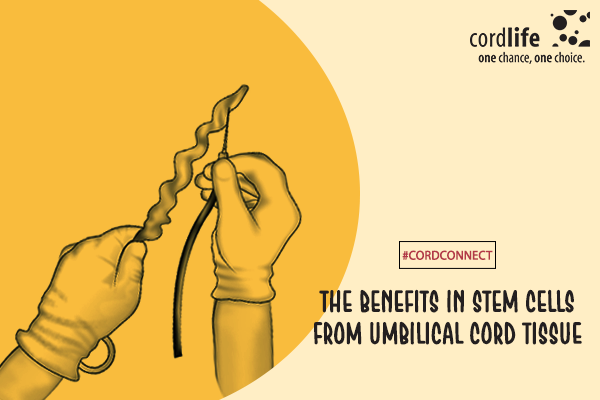Table of Contents
We all know that stem cells can be collected from cord blood as well as cord tissue. What many people are not aware of is, what the differences between them are and which one makes a better option for people, who are considering stem cells banking. Stem cells collected from cord tissue is a comparatively new concept, compared to cord blood stem cells. Let’s decode what they actually mean.
Cord blood is the blood, which is found in the umbilical cord as well as the placenta after a baby is born. When the umbilical cord is clamped and cut, it leaves with approximately two ounces of blood. Medical practitioners collect this blood with a surgical needle. These blood cells are full of adult stem cells, which form our immune and blood system. These adult stem cells are collected, processed and preserved, so they can be used in clinical trials.
On the other hand, cord tissue is the jolly-like material that is found around the vessels of the newborn’s umbilical cord. After the umbilical cord is clamped and cut, a part of the cord is saved to collect the cord tissue. Cord tissues contain thousands of different kind of stem cells that have the ability to form our cartilage, circulatory tissues, skin, bone, nervous system and sensory organs.
Now let’s come back to the original question, what are the benefits of stem cells, collected from umbilical cord tissue over cord blood? Apart from having the amazing regenerative qualities, cord tissues have other advantages as well. They have the healing quality to repair our body tissues and give birth to a new self. Listed below are some of the advantages that cord tissue stem cells have.
They Are Young
The stem cells that are collected from the cord tissue are young and once processed and preserved they can defy aging as well. They not only can create other types of new cells, but also can transform into one of many cell types. These are the qualities that make their aging process slower. Moreover, the agelessness of these cells can also lead to lesser risk of immune response, compared to the aged cells where the chances of chronic complications are high.
They Are Easy to Collect
As mentioned earlier, the collection process of cord tissue is simple and poses no risk to the mother as well as the baby. After the baby is born, the doctors carefully clump and cut the umbilical cord and then they extract the cord blood from the cord. Following this procedure, they take a small portion of the cord for processing and preservation to get the stem cells.
They Are Higher in Number
It’s noticed that stem cells found from the umbilical cord tissue are much higher than cord blood and other sources. Some studies even proved that the stem cell count is 3 to 14 times higher in cord tissues. It increases the chance of greater number of stem cell collection.
They Are More Productive
Stem cells from cord tissues are more productive than that of other sources. It means that they have more regenerative abilities compared to other sources.
They Have Migratory Abilities
Umbilical cord tissue stem cells can transport straight to the affected areas.
Still have questions? Write to us.
